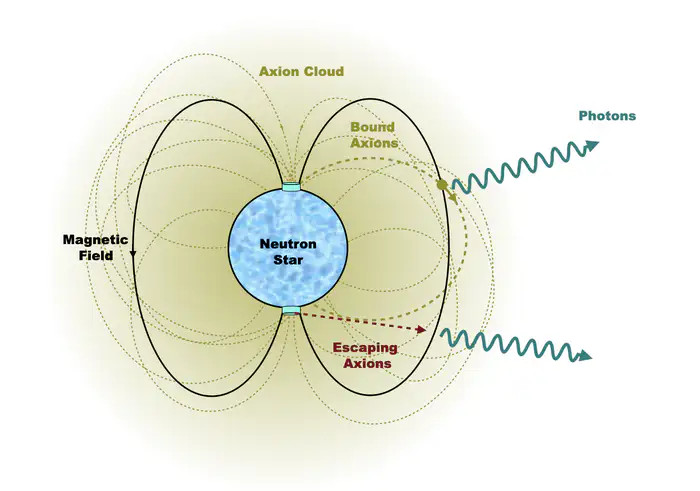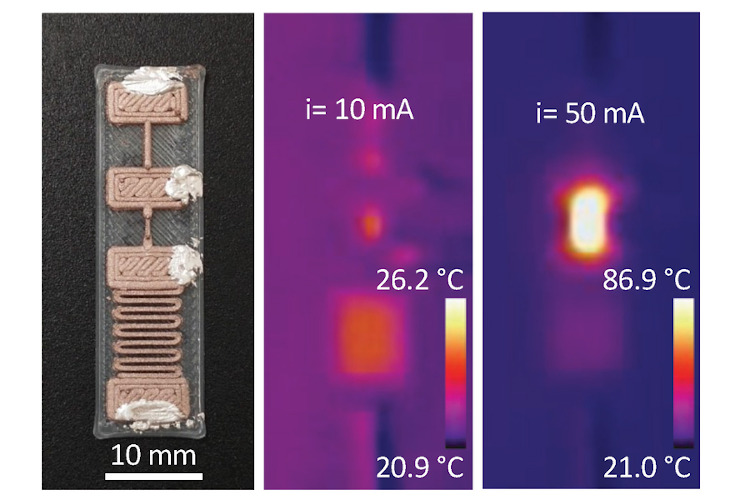Researchers led by Giuseppe Riva from Università Cattolica del Sacro Cuore have studied how Artificial Intelligence (AI) interacts with human thought processes, enhancing human cognitive abilities externally, much like an external hard drive enhances a computer’s storage.
In a paper published in Nature Human Behaviour., the researchers argue that AI is part of a new human cognitive system, which they call System 0.
System 0 sits alongside existing human cognitive models: System 1, which is fast and intuitive, and System 2, which involves deliberate and analytical thinking. System 0, however, uses AI to process vast amounts of data and provide outputs or decisions based on algorithms, but it doesn’t inherently understand or assign meaning to this information. Instead, humans must interpret and give meaning to AI output.
The addition of System 0 to the existing System 1 and 2 brings both opportunities and risks.
On one hand, System 0 can handle complex data processing beyond human capabilities, potentially aiding in scientific research, data analysis, and social system management.
On the other hand, there’s a risk of humans becoming overly reliant on AI, potentially losing cognitive autonomy or blindly trusting AI outputs without critical analysis. This reliance might also lead to issues with transparency, bias in AI systems, and a distorted perception of reality through synthetic data.
The researchers highlight that we must engage with AI critically, maintaining control over decision-making processes.
Benefits and risks of AI
The researchers conclude that, while System 0 could revolutionize how we approach complex problems, it’s crucial to navigate its integration with caution, ensuring that it enhances rather than diminishes human cognitive and decision-making abilities. The future of human thought, the researchers believe, will depend on how well we manage this interaction, keeping human judgment at the forefront while leveraging AI’s vast computational power.
“The risk,” emphasize the researchers in a press release from Università Cattolica del Sacro Cuore, “is relying too much on System 0 without exercising critical thinking. If we passively accept the solutions offered by AI, we might lose our ability to think autonomously and develop innovative ideas. In an increasingly automated world, it is crucial that humans continue to question and challenge the results generated by AI.”
Let us know your thoughts! Sign up for a Mindplex account now, join our Telegram, or follow us on Twitter.


.png)

.png)


.png)




